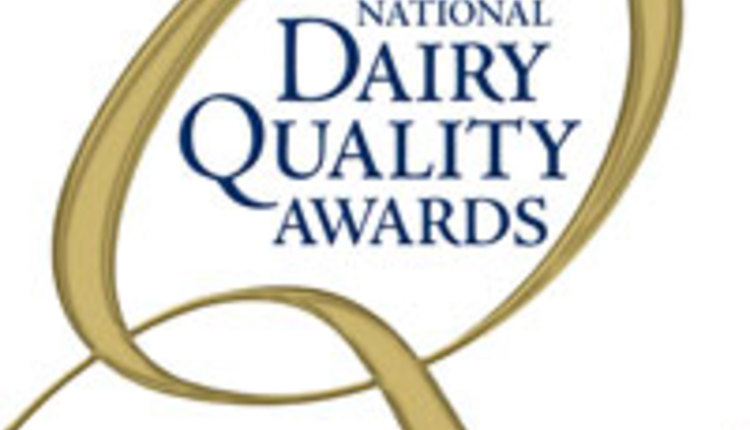
Michigan livestock farmers will be keeping an anxious eye on current discussions between the state of Michigan and the United State Department of Agriculture (USDA) in ongoing efforts to eradicate Bovine Tuberculosis (TB).
The federal agency wants the Michigan Department of Agriculture and Rural Development (MDARD) and the Michigan Department of Natural Resources (DNR) to get serious about the deer herd population in and around Deer Management Unit 452 in northeast Michigan.
The USDA has threatened to regress all of the Lower Peninsula back to a Modified Accredited TB status unless the state can comply with the Memorandum of Understanding (MOU) between USDA and the Michigan Department of Agriculture and Rural Development (MDARD) that’s been in place since 2014.
The MOU requires Michigan to have no more than three infected cattle herds in any 12-month period if it wants to keep its TB-Accredited Free status for all of the Lower Peninsula except Montmorency, Alpena, Oscoda and Alcona counties, according to Michigan’s State Veterinarian Dr. James Averill.
“We had five infected herds in 2016, so we’ve been out of compliance with the MOU for a year and a half,” Averill said, adding that USDA outlined their options in an August meeting. “The USDA’s options would reinstate testing, but would do nothing to address the interaction between domestic animals and wildlife.”
If that option were to become reality, the entire Lower Peninsula would be required to go back to a system of whole-herd testing on a lottery basis, along with movement testing within 60 days of any animals leaving the farm.
That option is the worst-case scenario and could seriously damage Michigan’s $16 billion dairy industry and its $529 million beef industry, according to Michigan Farm Bureau's (MFB) Manager, Commodity, Farm and Industry Relations and Livestock and Dairy Specialist, Ernie Birchmeier.
“The loss of confidence in Michigan’s cattle and dairy industries would be significant, while also redirecting limited state and federal funding and program staff to fight TB currently focused on four counties to the entire state,” Birchmeier explained.
A better option?
According to Dr. Averill, MDARD has worked with the DNR to submit an option to USDA – an option that maintains current TB status designations, while putting additional focus on both livestock and wildlife management practices. If such efforts, are agreeable to the USDA, it could help avert the federal government from “taking the nuclear option” of regressed TB status, says Averill.
The most drastic part of the plan – to bring in USDA Wildlife Services (WS) sharpshooters – was approved by the DNR’s Natural Resource Commission’s (NRC). In a letter to USDA, DNR Director Keith Creagh outlined a proposal to require “all cattle herds in the high-risk area of the MA zone …to allow WS access to conduct targeted removal of antlerless deer on their farm.
Under the MDARD/DNR proposal, 150 commercial farms in the high-risk area would undergo a mandatory “enhanced wildlife biosecurity assessment” and must have a plan in place if they want to move cattle anywhere other than directly to a slaughterhouse.
MFB Legislative Counsel, Andrew Vermeesch hopes USDA gives the proposal serious consideration and recognizes the significance of MDARD and DNR’s cooperative efforts to improve both livestock practices as well as limit disease transmission in wildlife in Northeast Michigan.
“TB is not just a livestock problem or just a wildlife problem,” Vermeesch said. “It requires collaboration between the NRC, DNR, MDARD, the hunting community and livestock farmers to address this problem - this plan does just that.”
In addition to the sharpshooter component to target removal of deer on cattle farms in the high-risk area, additional steps called for within the proposal include:
- Target deer management efforts on a local scale (i.e. farm level) to prevent transmission of TB between deer and cattle.
- Create a full-time Bovine Tuberculosis Coordinator in the field to lead response efforts with agricultural partners and landowners in the high-risk area of the MAZ.
- Increase enforcement of feeding and baiting bans in the high-risk area of the MAZ.
- Develop livestock and hunter deer management cooperatives in the high-risk area of the MAZ to increase antlerless deer harvest.
- Support an increased harvest of antlerless deer on hunt clubs outside of regular hunting seasons through herd health checks.
- Incentivize access to private land in the high-risk area of the MAZ through the Hunter Access Program to increase antlerless deer harvest.
- Approve additional hunts in late winter (January/February) 2018 in the high-risk area of the MAZ to increase antlerless deer harvest.
- Simplify the process for cattle producers to obtain no-cost disease control permits valid for harvesting deer year-round in the high-risk area of the MAZ.

